Bush Mosquito, Yellow Fever Mosquito Aedes aegypti
Family Culicidae. Subfamily Culicinae. Tribe Aedini.

© BluTuna
Female
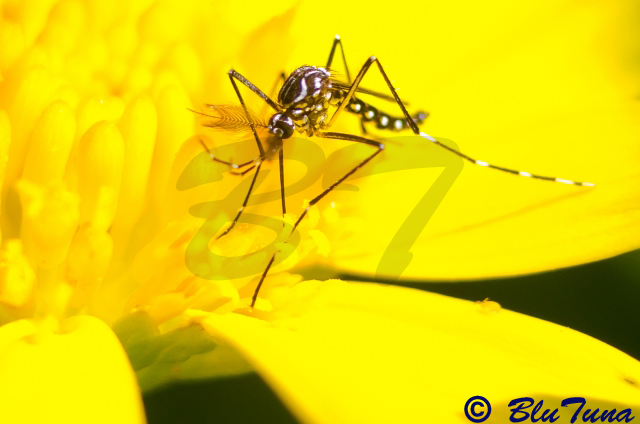
© BluTuna
Male, Garden in Johannesburg
Aedes species are typical small mosquitoes. They usually have black and white stripe markings on their body and legs. They usually bite only during the day.
Description
Aedes aegypti can be recognized by white markings on legs and a marking in the form of a lyre on the thorax. The adult is a small to medium-sized mosquito, approximately 4 to 7 mm. Adult yellow fever mosquitoes resemble the Asian tiger mosquito with a slight difference in size and thorax patterns. Aedes aegypti adults have white scales on the dorsal (top) surface of the thorax that form the shape of a violin or lyre, while adult
Aedes albopictus have a white stripe down the middle of the top of the thorax. Each tarsal segment of the hind legs possesses white basal bands, forming what appear to be stripes. The abdomen is generally dark brown to black, but also may possess white scales.
Females are larger than males, and can be distinguished by small palps tipped with silver or white scales. Males have plumose antennae, whereas females have sparse short hairs. When viewed under a microscope, male mouthparts are modified for nectar feeding, and female mouthparts are modified for blood feeding. The proboscis of both sexes is dark, and the clypeus (segment above the proboscis) has two clusters of white scales. The tip of the abdomen comes to a point, which is characteristic of all
Aedes species.
In South Africa
Aedes aegypti is a single polymorphic species. Populations of
Aedes aegypti may vary in their behaviour, morphology, ecology, physiology and genetic. One form has pale scaling on the first abdominal tergite. There is another form, which never has any pale scales on the first tergite and a markedly blackish appearance and is confined to Africa south of the Sahara. There are anthropophilic and non-anthropophilic populations. Some populationas don't dispaly man-biting behavior.
Distribution
Aedes aegypti is a cosmo-tropical mosquito. The mosquito originated in Africa but is now found in tropical and subtropical regions throughout the world.
Biology
While both male and female mosquitoes suck plant juices, the females also need blood for the maturation of their eggs. This is typical for all mosquitoes: only females suck blood, males are vegetarians. Yellow Fever Mosquitoes are very host-specific and feed nearly exclusively on humans. The eggs are normally laid in stagnant waters, both natural as well as artificial ones. Even thrown-away cans, plastic-cups, or old tyres with just a little rainwater are accepted as breeding sites. This is why Aedes is able to multiply very well in towns and cities.
Aedes aegypti is a vector of different arboviruses (i.e. Arthropod borne viruses) which are often pathogenic to humans. Well-known examples are diseases such as yellowfever and dengue.
Links:
Zootaxa, Diptera, key to Culicidae (mosquitoes)
Hunting cannot be considered a sport as all contestants in a sport should know they are playing the game!
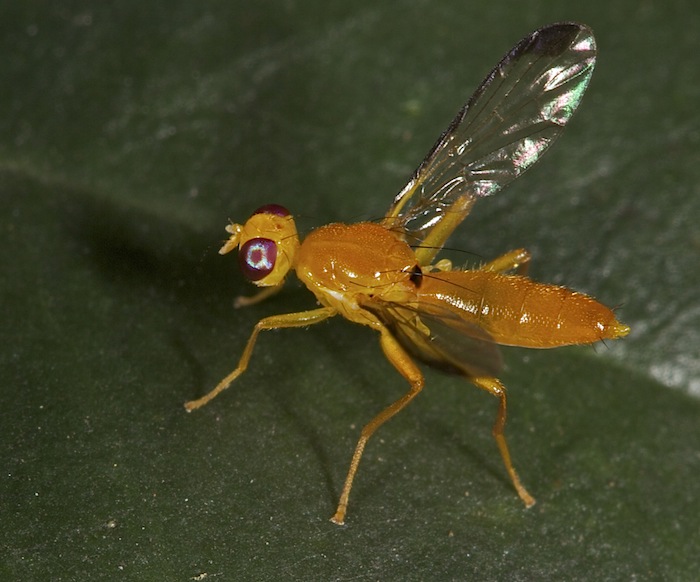



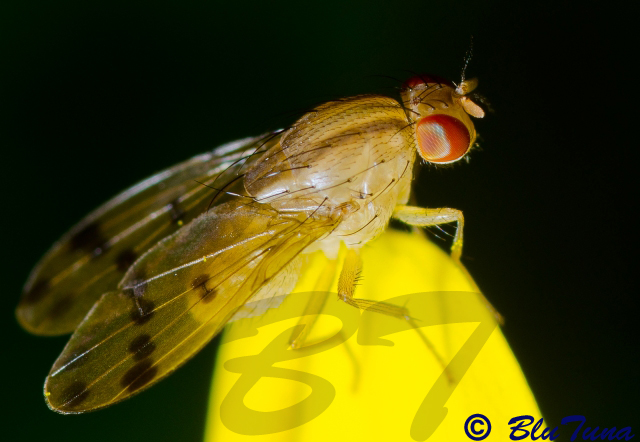 © BluTuna
© BluTuna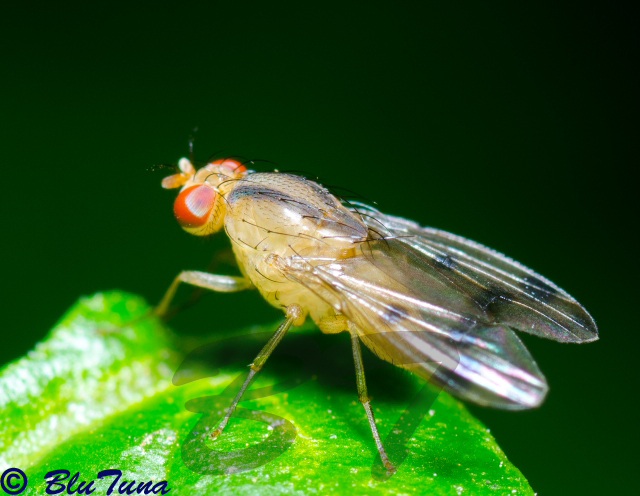 © BluTuna
© BluTuna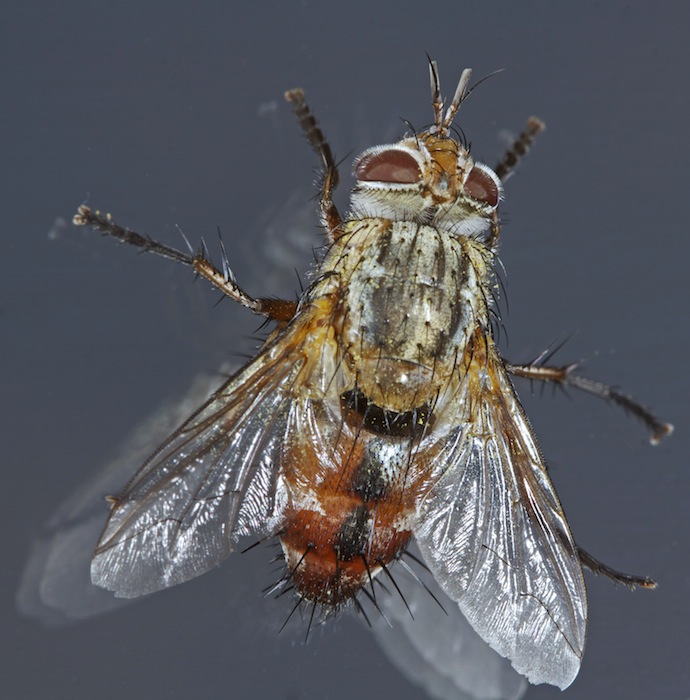
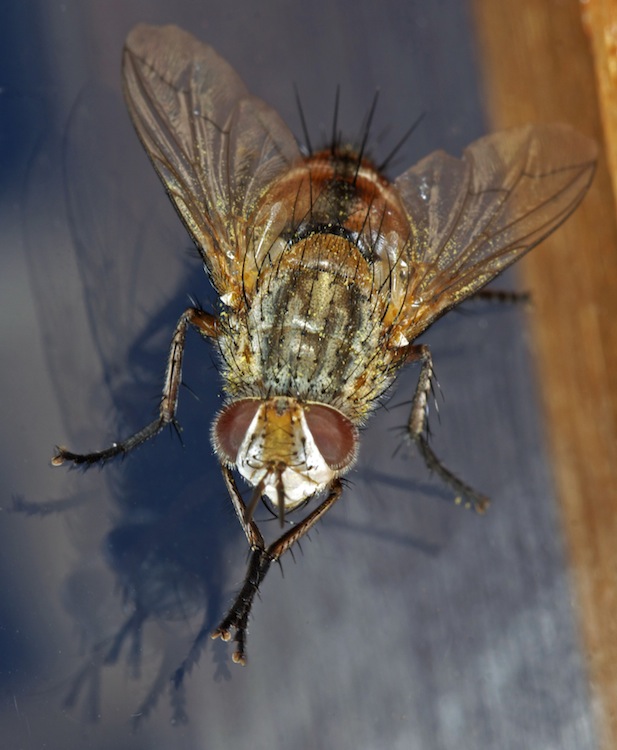
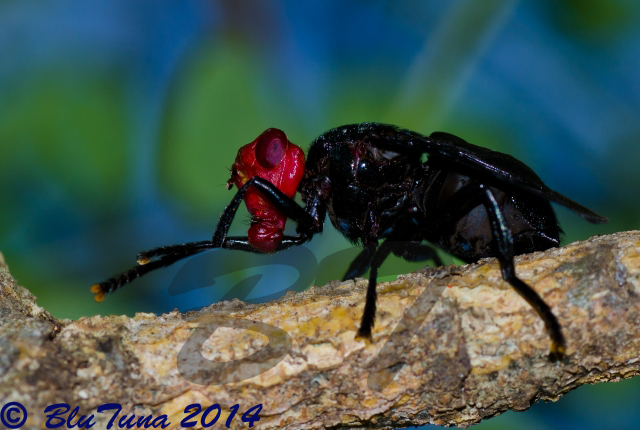 © BluTuna
© BluTuna © BluTuna
© BluTuna © BluTuna
© BluTuna © BluTuna
© BluTuna © BluTuna
© BluTuna © BluTuna
© BluTuna